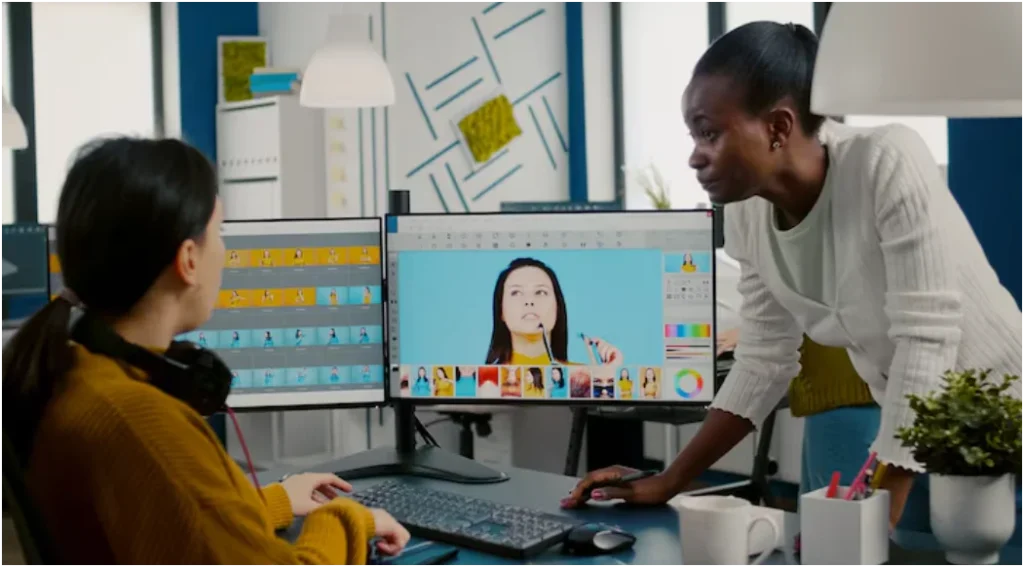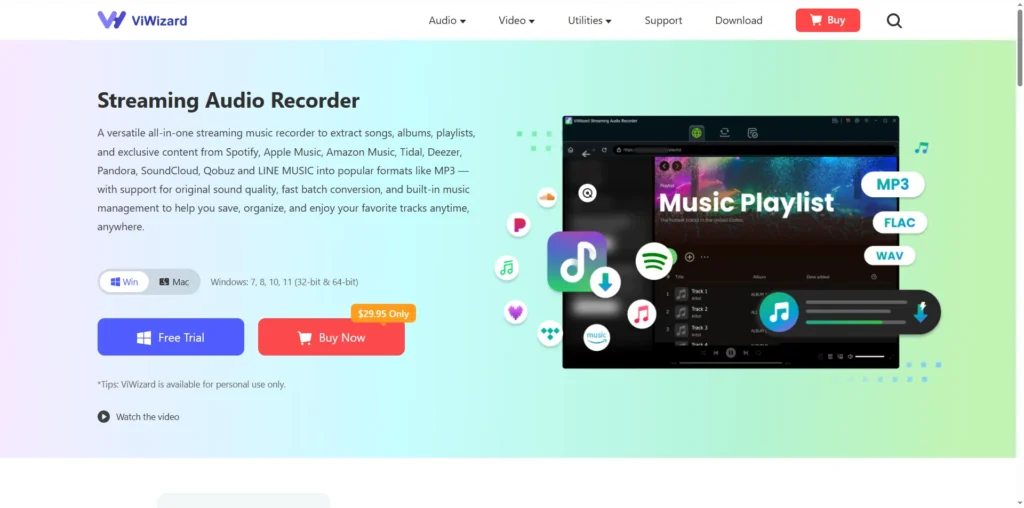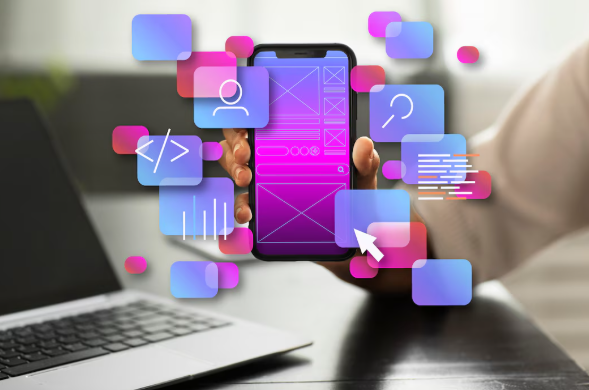
Art and technology have often been considered as separate realms, but the convergence of the two has been increasingly evident.
In today’s world, machine learning, a vital subset of Artificial Intelligence (AI), is leaving an indelible imprint on the field of digital art.
This article explores the myriad ways machine learning is changing the face of artistic creation, encompassing AI character design prompts, neural networks, and other transformative technologies.
Advantages of Machine Learning
- Enhanced Efficiency: One of the major advantages of machine learning is its ability to automate tasks and processes, leading to increased efficiency. By analyzing large datasets and identifying patterns, machine learning algorithms can make accurate predictions and decisions without human intervention. This saves time and resources, allowing businesses to focus on more complex tasks.
2. Improved Accuracy: Machine learning models are designed to continuously learn from new data, which enables them to improve their accuracy over time. This means that the more data they process, the better they become at making predictions or detecting anomalies. In fields like healthcare or finance where precision is crucial, machine learning can greatly enhance decision-making.
3. Customer Personalization: With the help of machine learning algorithms, businesses can collect and analyze vast amounts of customer data in real-time. This allows them to understand individual preferences and behaviors, enabling personalized recommendations and targeted advertising campaigns. As a result, companies can deliver a more tailored experience for their customers.
4. Fraud Detection: Machine learning has proven itself highly effective in fraud detection across various industries such as banking and insurance. By analyzing historical transactional data combined with real-time information, machine learning algorithms can quickly detect suspicious activities or anomalies that may indicate fraudulent behavior.
5. Improved Healthcare Outcomes: The application of machine learning in healthcare has the potential to revolutionize patient care by providing accurate diagnoses based on medical imaging analysis or predicting disease progression based on patient history and genetic information.
Transformative Machine Learning Algorithms: The New Artists’ Palette
Generative Adversarial Networks (GANs): From Sketch to Masterpiece
Generative Adversarial Networks have revolutionized digital art creation by offering unprecedented levels of detail and realism. Artists can now collaborate with these algorithms, which essentially act as digital apprentices, to create artworks that push the boundaries of creativity.
Neural Style Transfer: Melding Artistic Visions
The advent of Neural Style Transfer algorithms has democratized the process of art creation. Artists no longer need to spend years mastering different art styles. A neural network can analyze and combine various styles, enabling artists to produce new, unique works.
Reinforcement Learning: Improving Artistic Skill
Beyond GANs and style transfers, reinforcement learning algorithms are also making strides in the art world. These algorithms learn through trial and error, gradually refining their artistic techniques to assist human artists more effectively.
Unlocking Creativity with AI Character Design Prompts: A Narrative Revolution
Reimagining Storytelling in Digital Media
The creative benefits of character AI prompts are not limited to visual aspects alone. These machine learning tools also offer novel ways to tell stories, especially in interactive mediums like video games and virtual reality experiences.
Emotional Complexity: Creating Characters That Resonate
Machine learning algorithms can analyze vast swaths of psychological and literary data to suggest characters with emotional depth. This allows for richer, more complex storytelling that can engage audiences on a more intimate level.
Challenges and Ethical Considerations: The Debate Continues
Authenticity and Originality: Who Owns the Art?
The increasing use of AI in art raises questions about ownership and authenticity. Does an artwork produced with AI belong solely to the human artist, or does the algorithm also have a stake in the creation?
Data Privacy, Copyright, and Ethical Boundaries
Machine learning algorithms often require access to substantial amounts of data, sometimes utilizing copyrighted material for training. Artists need to navigate these murky waters carefully to avoid legal complications.
Future Trends and Opportunities: What Lies Ahead
The Role of Augmented Reality in Digital Art
As machine learning continues to evolve, its intersection with other emerging technologies like augmented reality (AR) is inevitable. This offers exciting possibilities, such as interactive art installations that change in real-time based on viewer interaction.
Virtual Galleries and Online Platforms
The internet has already democratized art by allowing artists to reach global audiences. Machine learning can further this by curating virtual art galleries, offering personalized experiences to viewers based on their preferences and interaction history.
Preparing for the Machine Learning Wave: A Call to Action
Essential Skills for the Modern Artist
For artists looking to stay ahead of the curve, understanding the basics of machine learning and data science is crucial. Several online courses and certifications can provide this knowledge, allowing artists to integrate machine learning tools into their creative process effectively.
Networking and Interdisciplinary Collaboration
The future of art lies in the intersection of various disciplines. Artists should actively seek to collaborate with machine learning experts, data scientists, and even neuroscientists to explore the untapped potentials of technology-augmented art.
Conclusion: The Boundless Horizon
As machine learning algorithms become more sophisticated, the future of digital art becomes increasingly limitless. The ethical and legal challenges are undeniable, but they pale in comparison to the opportunities for innovation and creative expression.
In this brave new world, the alliance between artists and algorithms promises to redefine our very understanding of art, beauty, and creativity.

How Reliable Data Extraction Improves BizBuySell Market Evaluation

Building Strong Data Protection Habits for Ontario Businesses

3 Proven Ways to Improve Employee Productivity at Your Business

Accelerating drug discovery through the DEL-ML-CS approach

AI in Marketing Is No Longer a Buzzword — It’s the Strategy

How 3D Animation Companies Transform Visual Marketing

The Ultimate Gift for Music Fans: Why Spotify Gift Cards Are a Thoughtful Choice

Unlock Your Music: How to Download Apple Music to MP3 with ViWizard








